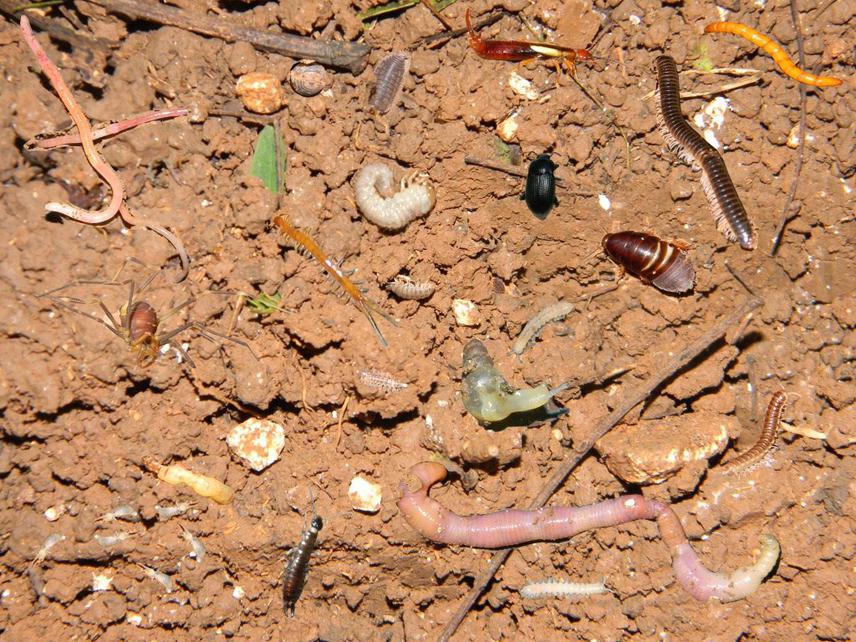Grisel de la Caridad Cabrera Dávila
Other projects
29 Jan 2015
Application of Soil Macrofauna as Bioindicator of Soil Quality in the Urban Agriculture Environment in Cuba
The aims of the project are to investigate and promote the diversity, function and conservation of soil macrofauna and its application as bioindicator of soil quality and land use sustainable.
The soil macrofauna (soil invertebrates larger than 2 mm in diameter) can be adversely affected by different soil uses and management, although some agroecological practices increases and conserves their communities. Because of its rapid response to this management can be used as bioindicator of soil health or quality.

The ferralitic red soils at Havana-Matanzas Plain are being investigated for their loss of fertility but the greater emphasis has been made in the study of the physico - chemical soil properties while the evaluation of the effects produced in soil biodiversity are scarce. This region comprises land use systems with intense agricultural and livestock activities, largely important because supply food production in Western Cuba.
In Cuba, the study of soil macrofauna has included isolated semi-natural ecosystems/ agroecosystems, regardless the impact of a gradient of land use intensity. The integrated study of systems with different disturbance levels at Havana-Matanzas Plain, it would be appropriate to assess the state of the macrofauna under these impacts and recognize those macroinvertebrates indicators that reflect the soil fertility. The macrofauna sampling in this project will be conducted at two different times in the periods of dry and rainy season, following the methodology described by International Research Program “Tropical Soil Biology and Fertility” (TSBF).
The project has the subsequent specific purposes: provide an updated inventory and ecological characterization of soil macrofauna in different land uses in Western Cuba (forests, pastures with trees or silvopastoral systems, pastures without trees, agroecological ranches, crops and sugarcane systems); evaluate the effect of these practices or land uses on the conservation of soil macrofauna diversity; recognize and propose macrofauna indicators as signal of soil fertility due to the land use intensity; contribute to the knowledge of soil biodiversity and the functional significance of the macrofauna associated with soil fertility; and promote those practices or beneficial land uses for the soil macrofauna, mainly for those groups or taxa that have functional importance in improving soil fertility and can therefore act as bioindicators quality. This knowledge will be disseminated through educational materials (instruction manual or technical guide) directed to producers, technical staff, decision-makers responsible for the conservation of soil biodiversity and sustainable land use, and to local communities in the study area.